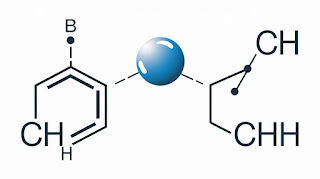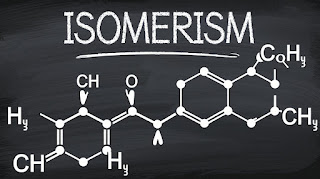"How Crystallites Shape the Future of Material Science"

Crystallites are small, often microscopic, crystalline particles that form the building blocks of larger crystalline materials. Their size, shape, and orientation significantly influence the physical and chemical properties of materials, including hardness, transparency, and thermal conductivity. Crystallites play a crucial role in various scientific and industrial applications, such as nanotechnology, metallurgy, ceramics, and pharmaceuticals. The study of crystallites involves understanding their growth patterns, boundaries, and interaction with external factors, which can lead to innovations in material design and optimization. Advanced techniques like X-ray diffraction (XRD) and electron microscopy are commonly used to analyze crystallite size and structure, providing valuable insights for enhancing material performance. 🔔 Subscribe for more insights on chemistry innovations! Website: chemistryscientists.org Contact us: contact@chemistryscientist.org Nominate...







